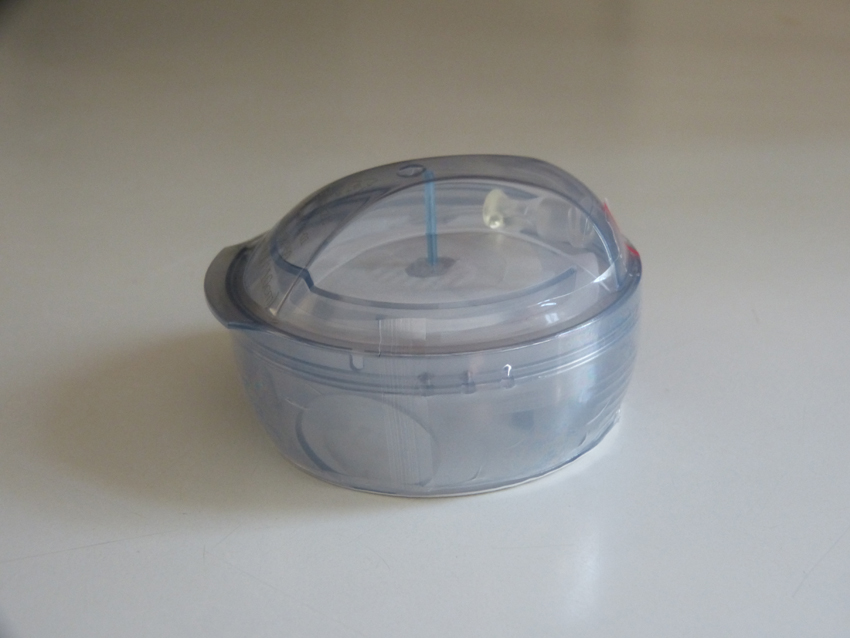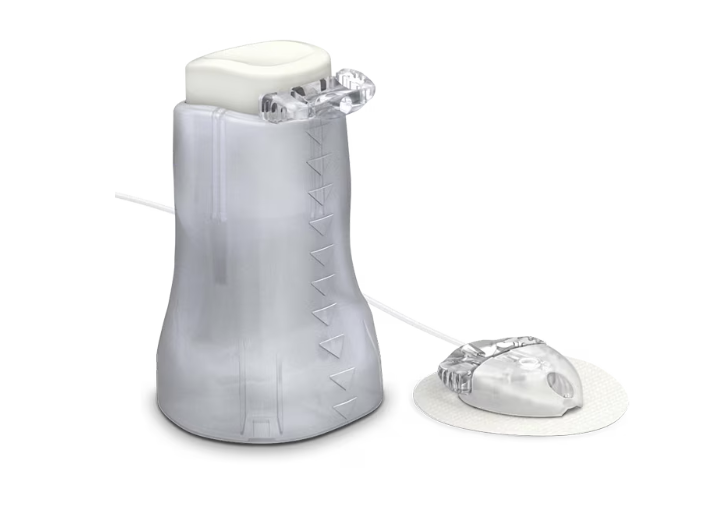Last Updated on January 20, 2024 by PowersToTravel
When your technology fails you
My biggest fear while traveling has always been and will always be the destruction of my insulin by heat. One day your stash can be fully functional and the next it could be ineffective. This has never happened to me, and I work very hard to never let it happen. I just don’t know how long a Type 1 diabetic such as myself can be conscious without insulin.
I do know that when I’ve had a pump failure which has not alarmed me – trust me, that can happen – I’ve gone from 150 to over 450 in a matter of 4 hours. 4 hours? In some of the places I visit, I wonder how many hours it would take to get new insulin?
Perhaps I’m exaggerating, but the fear is present and real. But I can’t let fear drive me, I have to make confidence drive me.
My worse fear, in Agua Calientes, Peru
In Agua Calientes, Peru, the town at the foot of Machu Piccu, I experienced my worst fear and luckily was able to bring it all under control by the end of the day. This occurred in 2015. I had recently switched from my Medtronic pump, which I had had for at least 10 years, to the Animas Vibe. Well, that is to say, I’d had several different models of pumps during those ten years, but always stayed with Medtronic. I had chosen the Animas Vibe because it was recommended by my endocrinologist for being waterproof, and I wanted to stop worrying about getting the pump wet during travel.
Along with a new pump comes new accessories – new-style infusion sets and reservoirs. The infusion set for my new Vibe was quite different from the Medtronic – it was a circular plastic cup-like structure with a retractable needle and tape in the center, ready for a spring-loaded mechanism to boink it into you. How’s that for a technical description? It was really easy to use.

Note that this event occurred before I started wearing a CGM (continuous glucose monitor). That meant that I tested my blood sugars at mealtimes and in-between if something odd made me feel uncertain.
That morning in Agua Calientes I had to refill my insulin reservoir, and change my infusion set. I did so competently. We went off for a morning walk down the road to a butterfly farm and then down to a museum. It was at the museum I realized I was very thirsty. I checked my blood sugar and it was in the mid-300s! That NEVER happens to me! This wasn’t just a matter of some hidden sugar in the buffet breakfast, this was a problem.
So we hiked back up the hill to town, arrived back at our hotel. We had already checked out of the hotel that morning, leaving our luggage in their storage. I dug through my carry-on to find my supplies and then begged, yes begged, for a private location which was NOT a rest-room to fix a medical equipment problem. They finally let me use a room that had not yet been cleaned. I swapped out everything – new insulin in the reservoir, new set, everything.
By now my sugar was above 400. I also took several units of insulin via a needle, just to make sure it was in me. But what was in me? Was good-acting potent insulin in me? Or had my insulin somehow been fried by, who knows how? I hadn’t done anything wrong and couldn’t figure it out.
We had lunch, and hung around town, waiting for our train to Cusco which would leave mid-afternoon. Such stress! I didn’t realize back then how relatively slowly insulin acts in me. I now know that it takes about 40 minutes to really start kicking in. That’s 40 minutes while my sugars are continuing to go up, so that’s a higher blood sugar that the insulin must counteract, once it does start working.
I was checking and checking, wondering if the insulin would work. There was a pharmacy in town, which I was ready to bolt to, but I did have just a little time before the train before making that final decision.
All the while I felt OK. I was thirsty and continuing to drink a lot of water, and not about to take another hike, but I was ambulatory and able to make decisions. I’d max’d out the blood glucose meter. All it would say is “HI”.
Finally, at least an hour and a half hour later I finally saw my blood sugars register on the meter. Oh! 425! how exciting. I’ve never been so happy about a blood sugar like that!
That meant my insulin was good!!!!!!!
But it didn’t mean my pump was working. I had taken a large dose by needle in the hotel, and that was most probably what was hitting me now. Would I continue to drop or would I start to climb again?
As long as I had my bottle of good insulin, and a needle, I was good to take the train. It wasn’t until part-way back in the train that I began to have the confidence that my pump was actually pumping INTO me. (Visually I could see insulin emerge if I unclipped the set from my abdomen, but was there a problem with this infusion set as well? Was my whole batch plugged or something?)
Such trauma!
Something continued to fail, even at home!
What actually happened? I learned about a month later what had happened, when it happened AGAIN! This time I was not traveling and it was easier and less traumatic to address. No worries this time about the potency of my insulin as it had been in the refrigerator, had not frozen and had not fried. So it must be the pump or set itself.
As soon as I could I returned to my house and removed the set from my abdomen. Oh my goodness! I could see that the little tube which was supposed to be fully inserted into my flesh by the needle was just laying on top of my skin like a little twist-tie. It had not penetrated! If it had not penetrated, that meant the needle had not actually penetrated.
I quickly and easily inserted a new one. But not knowing why the needle had not penetrated, and with the painlessness of the procedure not being able to detect the needle myself, it left me still in that hours-long quandary of watching and waiting for my sugar to drop. You can’t actually check unless you remove the set and then you can see if it actually was inserted, at which time it is too late because you’ve already removed it.
This happened at least four more times over the next nine months. The subsequent times were less traumatic because by then I was using the Dexcom Continuous Glucose Monitoring system integrated into the pump. The pump would alarm me as my sugar popped over 200, and I could see it climbing unabatedly. I would realize by the time it max’d 270 that something was wrong, and I would change out the infusion set.
I learned to never change my insulin at the same time as I changed my set. I felt at risk each change and wanted to be able to much more easily diagnose the issue. I change my insulin reservoir and insulin, but leave in the same working set. I swap the infusion set but keep the same reservoir, knowing that the insulin is good. I always check my blood sugar via meter at the time of swap. I never swap later than 7pm. Those are good practices but I really needed to do them, feeling so at risk each time.
I was very frustrated with the manufacturer and thought to myself, “This never happened with Medtronic!” I complained to my doctor who had never heard of this happening. Then I noticed on the Animas website that they sell sets with 6mm long needles and 9mm long needles. I’d been using the 6 because I don’t have tough skin and am relatively thin.
The ultimate solution – choose 9mm instead of 6mm
I thought, “Maybe a longer needle will pack a bigger punch and actually penetrate my skin.” I switched over to the 9mm needles. When they go snapping in, I generally feel it! And I feel happy it hurts! The little tube introduced by the needle is also longer but I don’t feel that. Ever since switching to the 9mm sets, I have not had a single episode of mis-introduction!
Then Animas announced they are leaving the insulin pump market and I am switching back to my Medtronic, and so happy I am to be doing so. Welcome back Medtronic!
Addendum after several years of Medtronic usage
I found with Medtronic that they now used the same infusion sets as Animas! I was actually very sad because I still felt at risk. However, in the last few years they have introduced their new MIO infusion set. I haven’t had a single incident since I started to use them! The spring mechanism is so powerful, and the tape which attaches so sticky, that it always works. (Unfortunately they take up a lot more space in my carry-on).
I still, after so many years of caution, always swap out my reservoir and infusion sets at different times. I always want to be absolutely certain what failed, should something fail.






